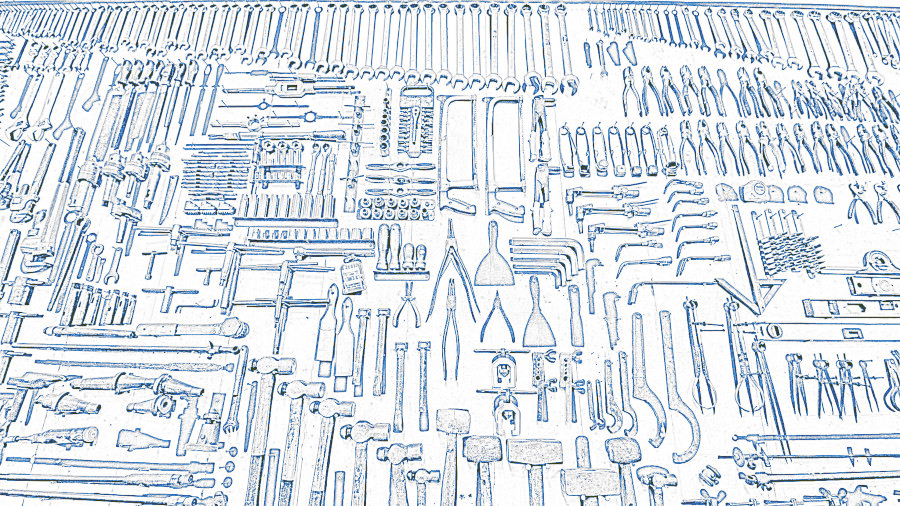Test, Development and Transfer of disruptive engineering technologies into conservation practice

Keyword-based search
This is a search based on keywords associated with each tool. In addition to keywords, tool titles and short descriptions are analyzed semantically. If semantic search fails, an additional search is performed based on letter sequences regardless of their meaning.
Search by keywords
Thematic search
Thematic search allows you to consequently and interactively limit the list of suitable environmental monitoring tools by means of various criteria, such as study object, study focus, groups of monitored organisms, application range, tool category, ease of use etc.
Start thematic search
Configurator
Configurator is aimed at helping professionals to plan environmental monitoring in given conditions. It points out which aspects must be considered to achieve optimal results. Also, Configurator helps to identify environmental monitoring tools suitable for the task at hand.
Start configurator